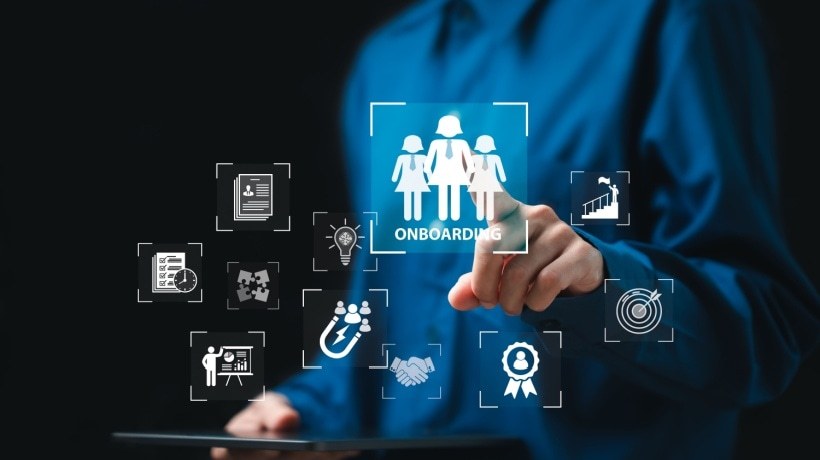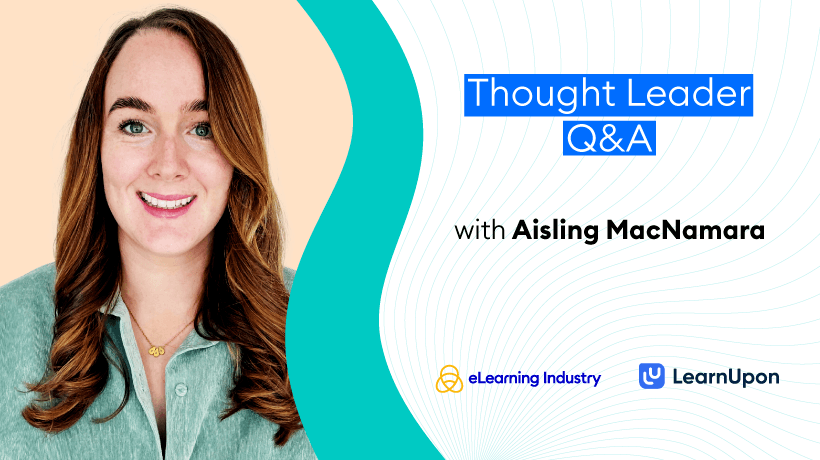How L&D Teams Are Designing New Hire Journeys
In today's hybrid and distributed work environments, onboarding is no longer just an HR activity; it has become a core responsibility of L&D. Whether employees are joining from Singapore, Dublin, or Austin, the challenge is the same: how do we help new hires feel confident, competent, and connected—quickly and consistently? As someone who has led global onboarding initiatives across EMEA, APAC, and North America, I've witnessed firsthand that great onboarding isn't about delivering identical experiences; it's about building cohesive learning journeys that adapt to context but align on outcomes. This article explores how learning teams are reimagining onboarding at scale not as an orientation checklist, but as a performance-enabling journey—designed to reduce time to competence, build role confidence, and drive early success at scale.
Onboarding At Scale In 2025: A Learning Mandate
The purpose of onboarding has evolved—from an introduction to the company to a structured, outcomes-driven learning acceleration window. Today's onboarding programs are shaped by:
- Remote-first learning environments.
- Asynchronous delivery across time zones.
- Increased use of AI, simulation, and adaptive tools.
- Urgency to demonstrate impact on CSAT, performance, and retention.
Yet new hires still need the same fundamentals:
- Clarity around role expectations
- Confidence to take action
- Connection to learning resources, peers, and feedback
L&D owns the critical task of enabling these outcomes—within the first 30, 60, and 90 days.
What Leading L&D Teams Are Doing Differently
1. They Start With The Learning Outcomes, Not The Schedule
Instead of building onboarding agendas around calendars or legacy content, forward-thinking L&D teams ask: "What must new hires know, feel, and do by the end of week 1? day 30? day 60?" This allows learning teams to:
- Define competency benchmarks.
- Identify must-have knowledge vs. nice-to-know.
- Design experiences that build toward measurable performance metrics.
- L&D insight
Start with your "time to competence" target, then reverse-engineer content, practice, and support layers.
2. They Use A "Core + Local" Learning Model
In global setups, effective onboarding at scale isn't about uniformity, it's about modular learning design.
- Core curriculum covers universal content: mission, tools, systems, values, and foundational knowledge.
- Local tracks adapt for market regulations, customer contexts, and cultural nuance.
This ensures relevance without redundancy and builds a unified understanding of what excellence looks like globally.
- L&D insight
Localize with intent. Design your LMS paths or onboarding journeys to reflect role and region while aligning on outcomes.
3. They Build Hybrid, Adaptive Learning Journeys
Modern onboarding at scale is never a one-and-done training dump. Learning-led teams use:
- Live sessions for interactivity and collaboration.
- On-demand modules for foundational systems/process training.
- AI-driven simulations to accelerate confidence in handling real-world scenarios.
- Peer forums to encourage shared learning and retention.
- L&D insight
Treat onboarding as a learning arc—from foundational exposure to scenario-based mastery.
4. They Integrate Belonging Into The Learning Design
While HR may own DEI strategy, L&D can embed inclusive practices through the learning environment itself:
- Showcase diverse voices and global use cases in content.
- Create regional onboarding cohorts for collaborative learning.
- Offer multiple formats (video, text, audio, simulation) for neurodiverse accessibility.
- L&D insight
Belonging is not just about people—it's about learning experiences where everyone sees themselves reflected.
5. They Track Ramp-Up With Learning-Centric Metrics
Performance-focused onboarding requires more than attendance tracking. Leading L&D teams measure:
- Time to competence (days to reach proficiency thresholds)
- Ramp to baseline (how fast new hires reach parity with tenured peers)
- Knowledge application (via roleplay, simulations, and QA-linked performance tasks)
- Manager confidence in learner readiness
- Retention impact at day 90 and day 180
- L&D insight
Completion rates are just the start. Build onboarding dashboards that link learning behaviors to business outcomes.
Remote Onboarding = Distributed Learning Design
In hybrid environments, onboarding is the learner's first impression of the company's learning culture. That means the L&D team must:
- Deliver repeatable, scalable learning rituals.
- Ensure learning assets are discoverable and role-relevant.
- Make leaders visible—even asynchronously.
- Provide a clear path to feedback and reinforcement from day 1.
- Pro tip
Use a mix of LMS journeys, virtual kickoffs, role-based simulations, and buddy-driven reflection checkpoints.
3 Mistakes To Avoid
1. Treating Onboarding As HR Orientation
Onboarding is a learning ramp, not just an intro. Make it competency- and performance-driven.
2. Designing For HQ First
If global onboarding feels like it was built for one office, it fails everywhere else. Build with a global lens.
3. Overloading Instead Of Sequencing
Cognitive load is real. Space content, allow practice, and prioritize application over exposure.
Final Thought: The Future Of Onboarding Is Learning-Led
As the line blurs between onboarding, enablement, and performance, one thing is clear: L&D owns the onboarding experience. Not just the logistics. Not just the courses. But the learning journey that drives confidence, competence, and connection at scale. When onboarding is intentional, adaptive, and outcome-focused, it doesn't just welcome employees. It empowers them to thrive wherever they are.








